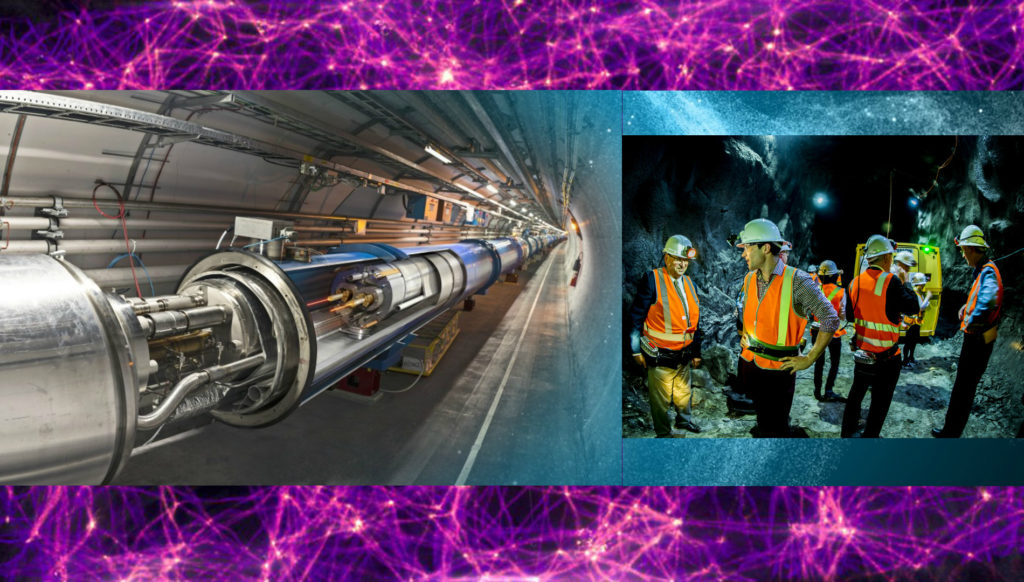Dark Matter: a Southern Hemisphere Perspective
 Professor Elisabetta Barberio
Professor Elisabetta Barberio
Chief Investigator
ARC Centre of Excellence for Particle Physics at the Terascale
Professor of High Energy Physics
School of Physics, The University of Melbourne
Since the Dark Matter question was initially raised by Fritz Zwicky in the 1930s, evidence for a particle or a set of particles explaining the nature of dark matter remains absent. Determining the precise nature of Dark Matter is one of the main open questions of contemporary physics.
The resolution of this open question will probably entail a major Copernican revolution; “normal,” baryonic matter, which constitutes our known environment, represents only about 4% of the total energy content in the Universe. In the last decade, there has been impressive experimental progress to detect dark matter interactions with normal matter, with the development of new generation technologies used in direct detection experiments. The sensitivity of these experiments has improved tremendously, producing devices uniquely suited to solving the dark matter puzzle.
Join Elisabetta Barberio, Professor of High Energy Physics at the University of Melbourne, who will discuss the direct search for dark matter within the Southern Hemisphere with the SABRE experiment, which will either confirm or deny current results from Northern Hemisphere experiments and may well lead to a breakthrough discovery. It will also discuss the physics program of the first underground physics laboratory of the Southern Hemisphere, SUPL (Stawell Underground Physics Laboratory), right here in Victoria, Australia, which will house the SABRE program.
About the Speaker:
Professor Barberio has been a member of the Experimental Particle Physics Group at the University of Melbourne since 2004. Previously, she was a staff researcher at CERN, the European laboratory of Particle Physics.
She was involved with data analysis in the OPAL experiment at Large Electron Positron Collider at CERN. Precision measurements made at this collider have confirmed the theory describing the fundamental particle behaviour to an extraordinary degree of precision.
Professor Barberio is a Chief Investigator with the ARC Centre of Excellence for Particle Physics at the Terascale and leads the SUPL project, part of an international collaboration with leading physicists based in a sister underground laboratory at Gran Sasso, Italy.








